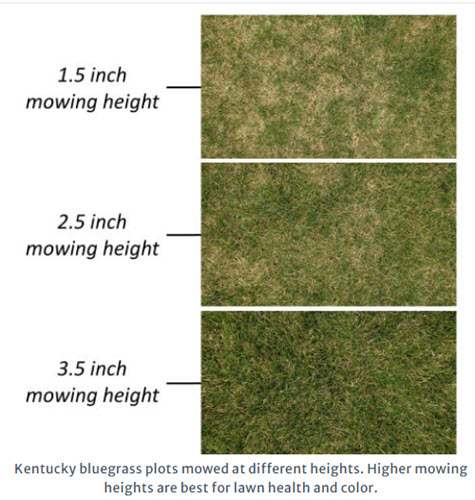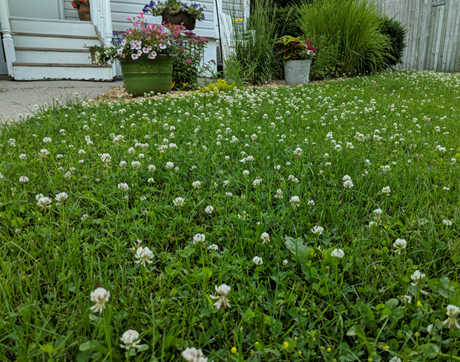Click below to listen to my 2 min. Garden Bite radio show: Lawns and drought
Lawns are looking rough and we haven’t even made it to JULY!
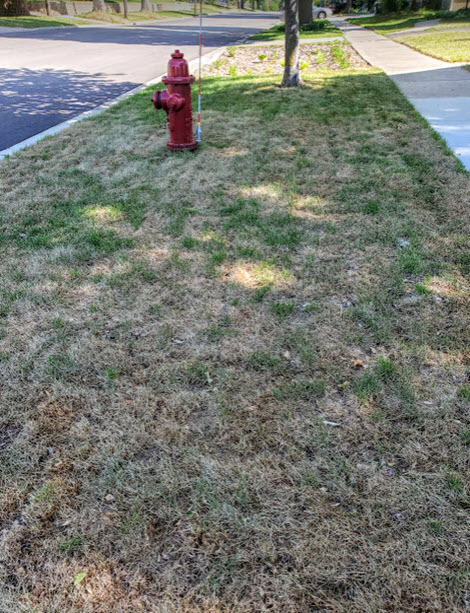
Kentucky bluegrass, which is what most lawns are, can start turning brown after about 7 days without water.
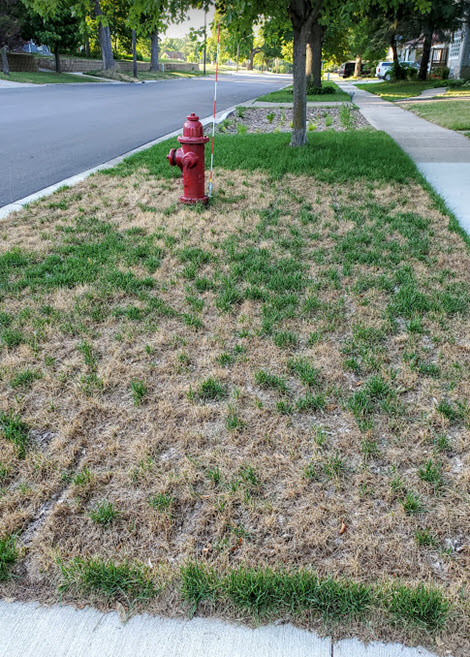
This browning appearance is the grass going into dormancy in order to survive the drought. Some leaf tissue will die, but the base and roots of the grass are still alive and will green up when water returns. (I’m hopeful, because I might as well be.)
According to the University of Minnesota Extension, Kentucky bluegrass recovers relatively fast compared to other turf grasses.
Tall and fine Tall fescues can remain green for at least 28 days without water in Minnesota.
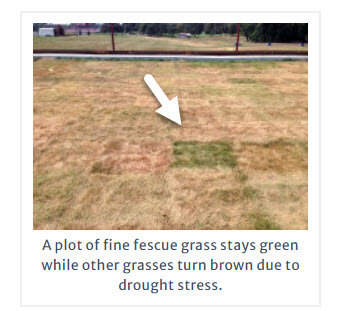
Tall fescue is known for its heat and drought tolerance. Among the fine fescues, hard fescues have excellent drought tolerance.
Chewings fescues and slender creeping red fescues have good to excellent drought tolerance. And strong creeping red fescues have good drought tolerance.
This is fantastic information from the MN Landscape Arboretum. Click on the link for the slideshow.
I have such an aversion to watering lawns. Here are some tips for now, limit traffic on your lawn, don’t mow… the lawn mower is heavy and will damage it further, do NOT fertilize until we have more significant rainfall.
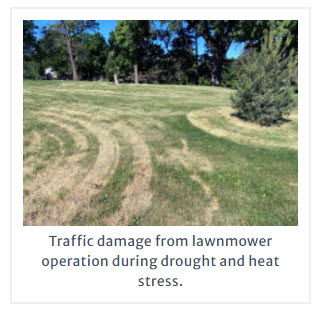
When your lawn starts coming back, keep the height at 3 to 4 inches.
